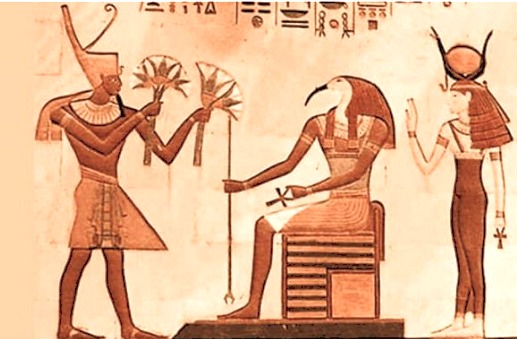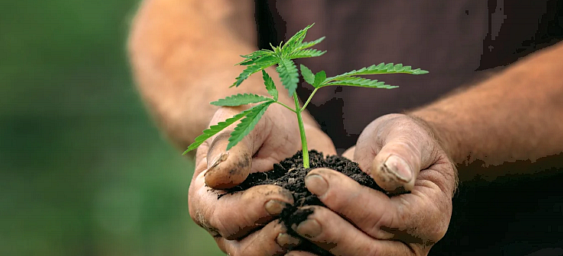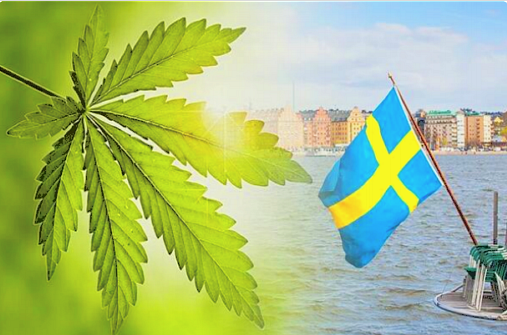With the seeming explosion of CBD products, and with the media’s barrage of stories, articles and reports it can appear as though the confusing landscape of letters has sprung fully formed from today’s digital landscape. However, this is far from the case in every regard, mankind’s benefiting from the use of the cannabis plant goes back thousands of years, and the relationship is deeply entwined. To those that think of the proliferation of today’s CBD products as a fad, they should bear in mind that if this is a trend it is one that is at least 4,000 years in the making.
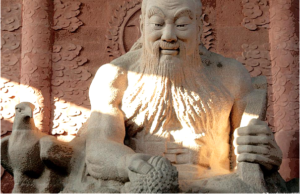 A Love Story of the Ages …
A Love Story of the Ages …
The historic use of cannabis for therapeutic purposes has been recorded across multiple cultures over millennia of time. Most agree that the first recorded therapeutic use of cannabis was by Emperor Shen Neng of China in 2737 BCE. The Emperor was a strong advocate of the beneficial properties of drinking cannabis tea. Hemp has been shown to be cultivated for over 10,000 years in Japan — in China records show of it being grown for the making of rope, clothing, paper and oil — it was referred to as ma. Ma was burnt at funerals for the calming effect it would have for mourners. Siberians and Mongolians were believed to be harvesting and growing cannabis plants in 12000 BCE. In fact, archaeologists widely agree that the cannabis Sativa plant was the first plant to be cultivated during the birth of agriculture.
Our relationship to cannabis goes back longer then the invention of writing — take a moment to think about that! The Gutenberg Bible and the first two drafts of U.S. Declaration of Independance were both printed on paper made from the cannabis plant. Residue was found on the alters of Ancient Israel and Herodotus the Greek scholar wrote of its use in the 5th century B.C. In 1909, during the renovation of a Swedish church, five roughly 3,000-year-old tapestries from the Viking era were rediscovered, some of which had been made from hemp, along with fine clothing used as burial objects. Christopher Columbus’ sails, ropes and nets were made of Hemp when he landed in the Caribbean. Humans and the cannabis plant have a long and profitable history.
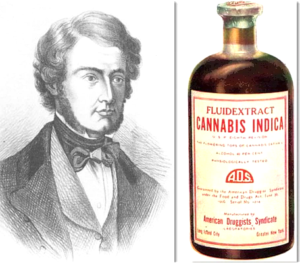 In 1841, an Irishman named William Brooke O’Shaughnessy noticed the ‘folk use’ of cannabis as a medical treatment in Calcutta. O’Shaughnessy was so fascinated by this that he studied its use and effects. He is considered the first person to officially introduce cannabis for therapeutic purposes into Western medicine via a scientific paper. One of the main reasons for its surge in use and acceptance was the endorsement generated by Queen Victoria of England – the Queen of an Empire, and the ‘Mother of European Royalty’ was a regular and outspoken user of cannabis oil for treatment of her menstrual cramps.
In 1841, an Irishman named William Brooke O’Shaughnessy noticed the ‘folk use’ of cannabis as a medical treatment in Calcutta. O’Shaughnessy was so fascinated by this that he studied its use and effects. He is considered the first person to officially introduce cannabis for therapeutic purposes into Western medicine via a scientific paper. One of the main reasons for its surge in use and acceptance was the endorsement generated by Queen Victoria of England – the Queen of an Empire, and the ‘Mother of European Royalty’ was a regular and outspoken user of cannabis oil for treatment of her menstrual cramps.
Birthing CBD in the Modern World
CBD itself was first isolated in 1940 by Roger Adam, an American chemist affiliated with the University of Illinois. Adams’ botanical boldness and brilliance were a family tradition; he was a direct descendant of John Adams, America’s second president and an ardent proponent of hemp.
The next major advance in the science behind CBD came in the 1960’s from Dr. Raphael Mechoulam, the Israeli chemist who first identified CBD’s stereochemistry. His lab discovered the structure and arrangement of CBD in 1963 and led to a breakthrough in understanding the specific effects of individual cannabinoids.
His total synthesis of CBD, as well as other cannabinoids such as THC, is the cornerstone of the burgeoning medical-cannabis industry and the CBD industry. Furthermore, his major contributions in the field of organic chemistry and the interaction of human and plant biology have led to the discovery of cannabinoid receptors in the human brain and the endocannabinoid system in the human body.
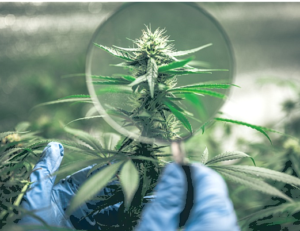
Studies on using CBD for epilepsy and anxiety began popping up in the 1970s and 1980s. Additional studies during this era also suggested CBD could help treat anxiety without causing sedative effects. This helped distinguish CBD further from THC.
Progress for CBD research greatly expanded in the 1990s due to discoveries about the human endocannabinoid system. In the early 1990s, researchers identified endocannabinoid receptors located throughout the body. This system is now known to regulate key bodily functions like mood, appetite, immune response, sleep, pain perception, and more. Understanding how cannabinoids like CBD interact with this system finally unlocked its therapeutic potential. This accelerated research investigating CBD for numerous medical conditions in the late 1990s and 2000s.
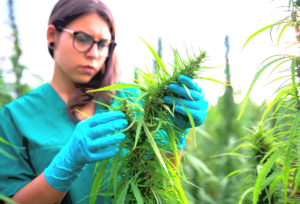 This millennium though has seen the greatest leap forward in uncovering why and how different cannabinoids can be harnessed and used for our therapeutic benefit. Without a doubt the advances in technology, genetic sequencing, computing power, and research have all greatly contributed to these epic advancements; but it is unquestionably the shift in attitudes, and the passing of legislation concerning the cannabis plant that are the primary driver in the global expansion of CBD products.
This millennium though has seen the greatest leap forward in uncovering why and how different cannabinoids can be harnessed and used for our therapeutic benefit. Without a doubt the advances in technology, genetic sequencing, computing power, and research have all greatly contributed to these epic advancements; but it is unquestionably the shift in attitudes, and the passing of legislation concerning the cannabis plant that are the primary driver in the global expansion of CBD products.
The UN’s World Health Organisation has made several statements in favour of cannabidiol legalisation, stating that CBD should be able to be sold freely so long as it contains low levels of THC. Currently 32 countries have legalised the use of marijuana, with 37 states in the U.S. As for CBD — the EU, all 50 states in the U.S., Australia, Canada, South Africa, Japan, most of South America, Central America, Thailand and several countries in Africa — in all these jurisdictions CBD with negligible THC content is both legal and available.
As the market evolves, and as ever more is learned about this remarkable relationship our bodies have with cannabinoids, we are re-discovering our first love, and remembering why we fell in love in the first place.
CBD: A LASTING LOVE AFFAIR
